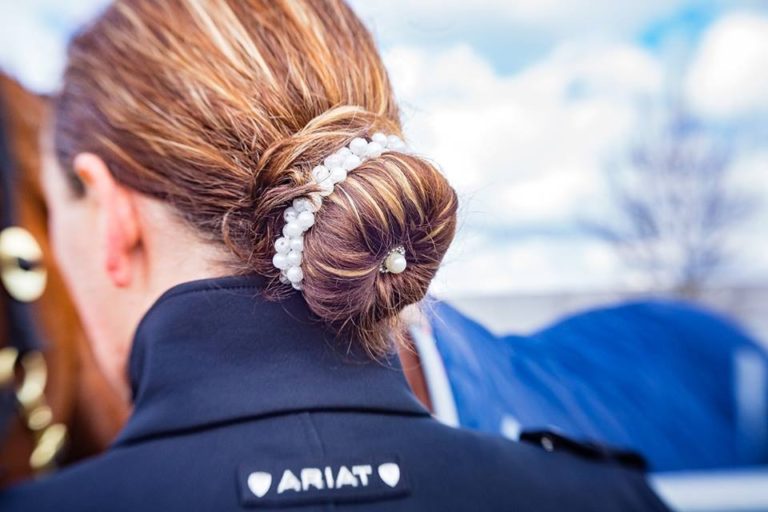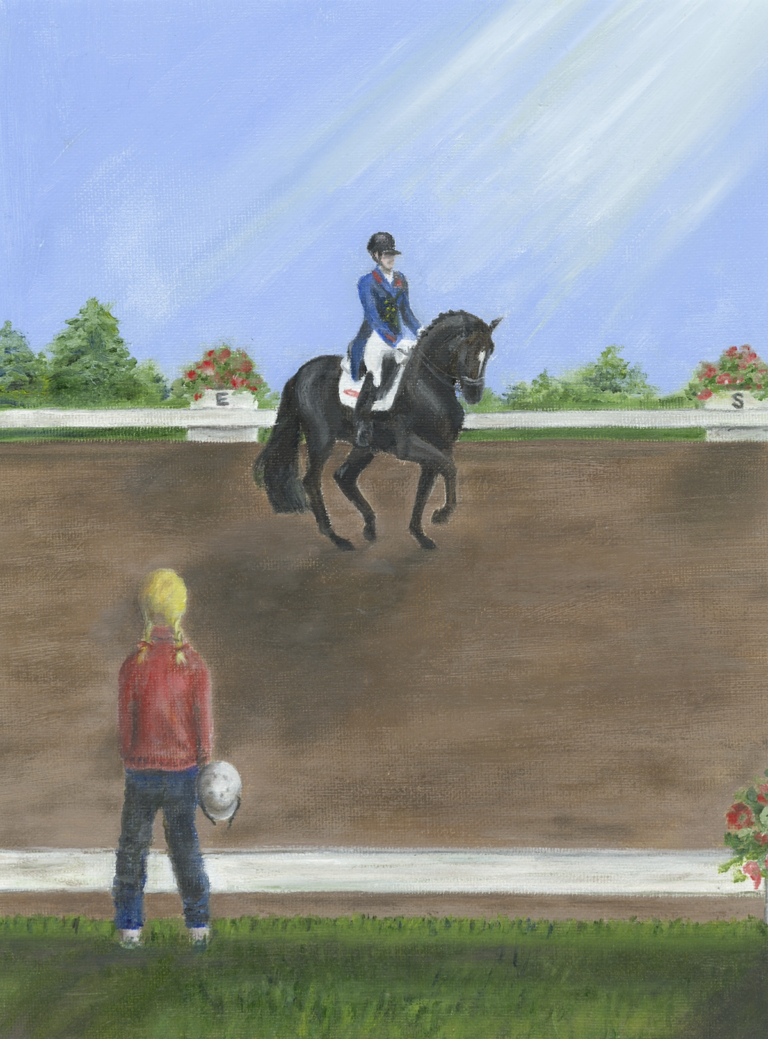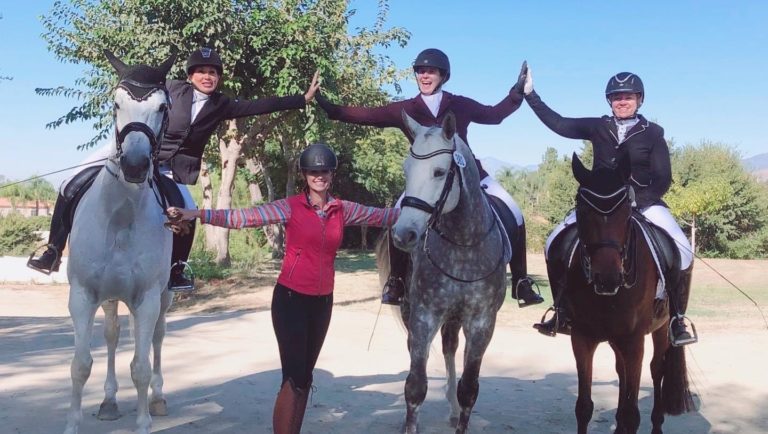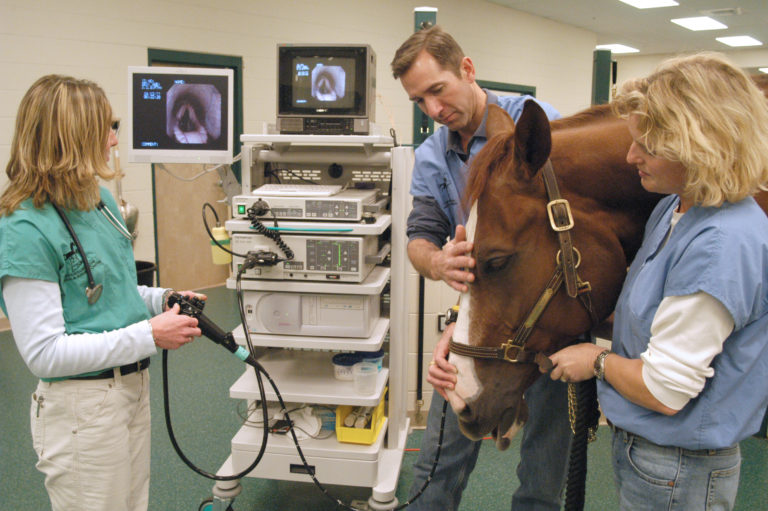Heather Sansom is the author of rider fitness ebooks Complete Core Workout for Rider, and a regular columnist in several equestrian publications including Dressage Today.?EquiFITT.com offers rider fitness clinics & workshops, Centered Riding? instruction, and convenient distance eCoaching for riders anywhere.? Subscribe to receive free monthly Equestrian Fittips, and download rider fitness eBooks at:??www.equifitt.com/resources.html
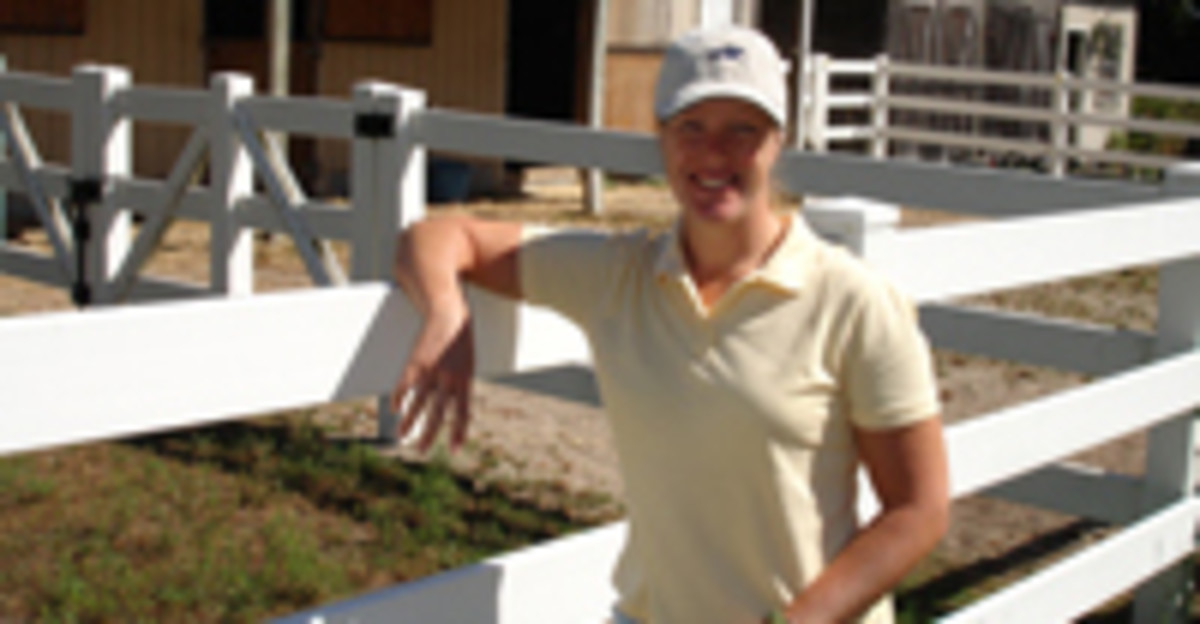
Over the last couple months, we’ve emphasized building strength. Now it’s time to come back to the topic of flexibility. In the article on the rider fitness training scale, we discussed the importance of flexibility at the base of your personal training pyramid. Just as with training our horses, we cannot go forward in our own conditioning without a pre-requisite of suppleness and lack of pain. The misinformation that strength training creates tight muscles and bound bodies, really comes from the fact that you cannot ask muscles to work effectively without a base of flexibility and suppleness.
When you think about it, we already understand the principle quite clearly when it comes to our horses–that’s why we have warm-up and cool-down time. And in many disciplines, such as endurance riding, it’s quite common to actively stretch horses before and after a workout. Dr. Hilary Clayton has made many of these stretching practices more popular among dressage riders with ‘carrot stretches’ and through her work on activating the horse’s core.
Most riders–regardless of discipline–are quick to acknowledge that they could be more flexible, or are not spending enough time stretching. We understand that we have tight hips, hamstrings or calves, and that these issues affect our riding negatively. It’s fairly easy to understand that a tight area will impede motion in the joint and block your horse’s motion. If you’ve ever had massage or chiropractic work done, you can also understand how tight muscles can pull you out of alignment structurally, and create all kinds of referred issues.
So we all know we need to stretch more, but the question is how. I discuss rules of thumb and stretch suggestions in my short ebook, Handy Stretching Guide for Riders. Stretching is one of those aspects of training that can seem easy at first. We have all been introduced to stretch ideas over the years through various sports and activities. Ideas common in the general population may not always be current with sport conditioning best practice. For example, we know in principle that it is a good idea to stretch before sport. The way many people do so is by holding a stretch or bouncing. In the past several years, sport conditioning best practice has discouraged both of these types of stretching prior to training. Instead, the current practice is to use dynamic stretching not static stretching before sport or conditioning, and not to bounce. There are reasons behind the practice that we’ll look at.
For example, I still see a lot of riders who do actually stretch before they ride, hold the stretch or bounce. The current practice is to use dynamic stretching not static stretching before sport or conditioning, and not to bounce. There are reasons behind the practice that we’ll look at.
To make stretching more effective for your riding, it’s important to understand what is going on, how your body works and what you’re trying to achieve. I find it a lot easier to remember what to do, when I can understand the system of thinking around it, rather than as a list of tasks.
So, before we look at a stretch, here are some rules of thumb to keep in mind:
- Tight muscles can’t perform effectively
- Tight muscles and ligaments block joint mobility
- Mobility and stability are directly tied together and have nothing to do with rigidity. On a moving horse, your body has to be in constant micro-motion (and sometimes macro) to appear motionless, and to maintain equilibrium that does not interfere with his movement.
- Muscle fibres need to be warmed up before they can be lengthened
- Muscles fibres need to be lengthened before they can shorten (work)
- Muscle fibres that are pulled (overstretched), are at risk of injury when introduced to work
- Your body’s first response to a stretch is to contract, so gains in flexibility take time (at least 30-seconds; but five minutes of yoga is even better).
8. To absorb your horse’s motion, your goal is to have freedom of movement in all the joints involved, and this guides what muscles you stretch.
When I design a stretch routine for a client, or a book like the Handy Guide, I’m aiming to create a set of exercises that work together to fulfill the above principles. When you work to principles, you can swap out different exercises now and again, because your precise choice of stretch (unless you are addressing a specific issue) is not quite as important as the overall effect of your routine.
- Stretch in flowing motions before riding/working out: start out conservatively and gradually increase range, but do not push to the limit, hold a stretch or bounce.
- Stretch all through your day with quick little stretches to head knots and tightness off at the pass and keep yourself supple.
- Spend adequate time on problem areas: 5-10 minutes at the end of your day, when all hard work is done.
- Stretch muscles affecting your spine and hips in all four directions every day, keep your calves long and ankles supple and maintain full range of motion in your shoulders.
One pre-ride stretch I really like is what I call a “fold and roll.” I like it because it’s easy to do as a dynamic stretch in the barn aisle before you ride, and it’s very efficient use of time–covering many muscle groups and joints in a simple movement. In two directions–forward and backward–it loosens hips, hamstrings, calves, lower back, shoulders and chest and spine in two directions. I often do the stretch holding my dressage whip in both hands and complete the movement with a full shoulder rotation by bringing my arms down behind my back.
A common mistake I see people make is trying to look like the picture, fitness instructor or super flexible person next to them. Remember that it’s YOUR stretch. A successful stretch has nothing to do with achieving a certain posture. It’s about getting the result you need to get out of YOUR body, not someone else’s.
When you are stretching, your goal is to bring your muscles to a point where you feel a slight but comfortable stretch. Even when you’re spending time on deep stretches at the end of the day, never force your muscles to the point of pain. If you feel PAIN in a joint, back off immediately. Even though your muscle itself may not feel challenged in a stretch, pain in your joints indicates the ligament ends of your muscles are getting pulled too much, and you need to help them lengthen slowly.
The Fold & Roll
Frame 1: Fold down, or put your arms out and swan dive as low as you can get, with the feeling of a straight back. If you’re not past 90 degrees, as I am in the photo, don’t sweat it. By aiming at keeping a flat back, you will pull your seatbones up, and get a better quality stretch for your lower back and hamstring.
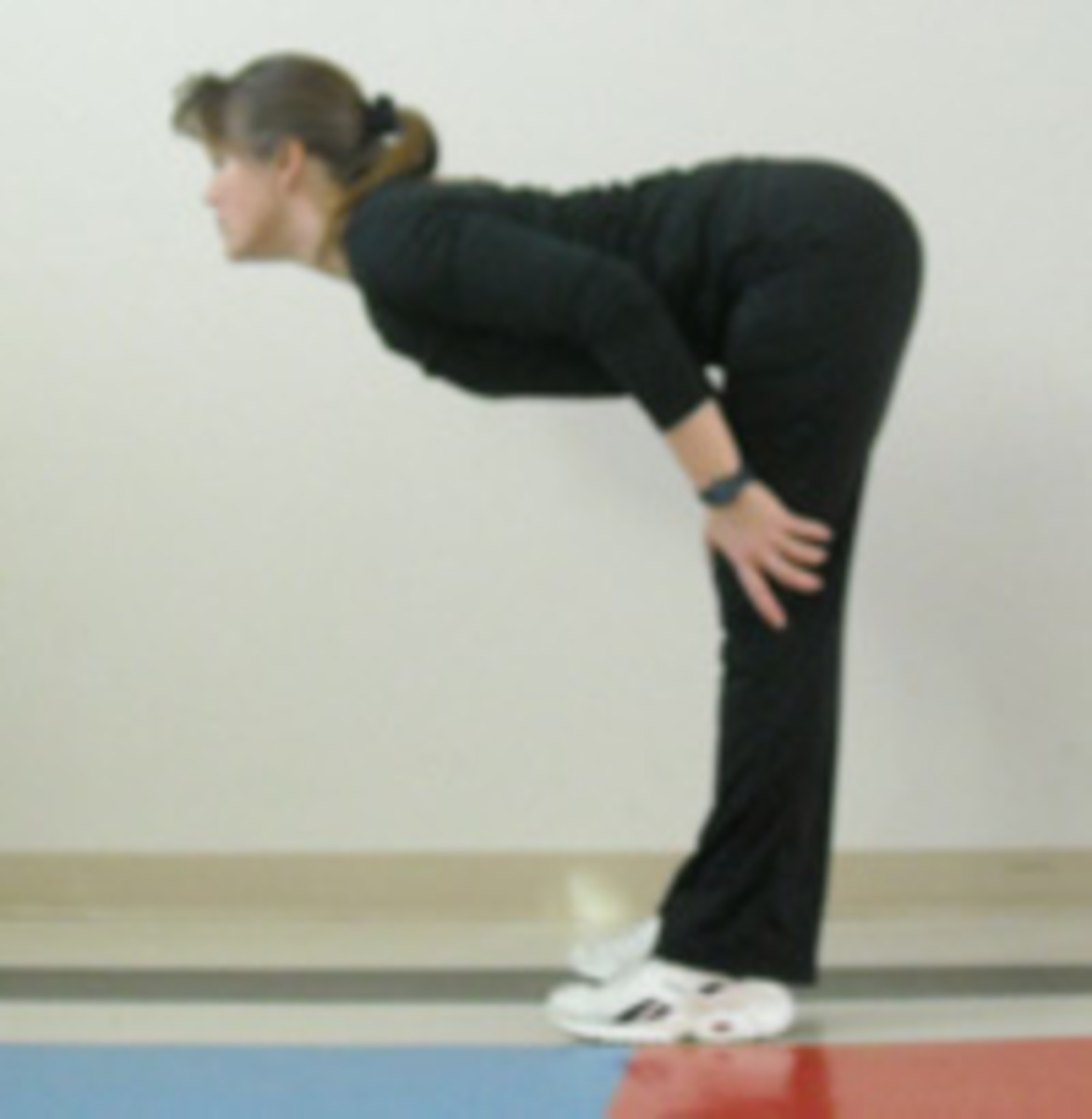
Frame 2: When you cannot lower yourself with a flat back any further, flop down like a rag doll. But, don’t hang out there–start rolling up immediately.
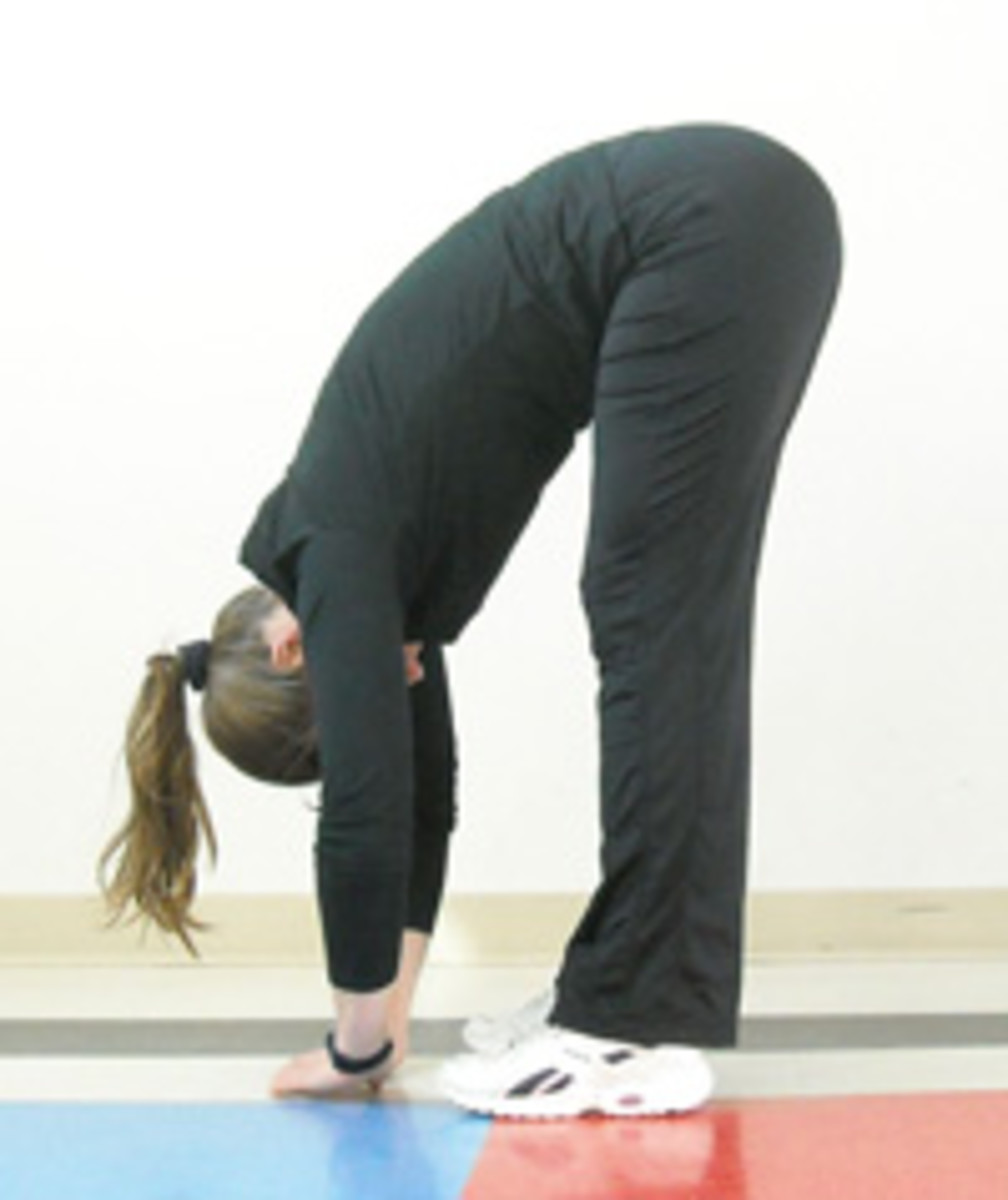
Frame 3: Now that you worked on extending your spine on the way down, it’s time to flex it, or roll it up as tight as you can, on the way up. You can keep your arms reaching down which will provide a nice stretch feeling between your shoulder blades.

Frame 4: Your neck is the last section of your spine to stack vertically over your heels. Once your head and neck are aligned over your shoulders, hips and heels, keep moving backwards as you open up your chest and bring your arms up and back.

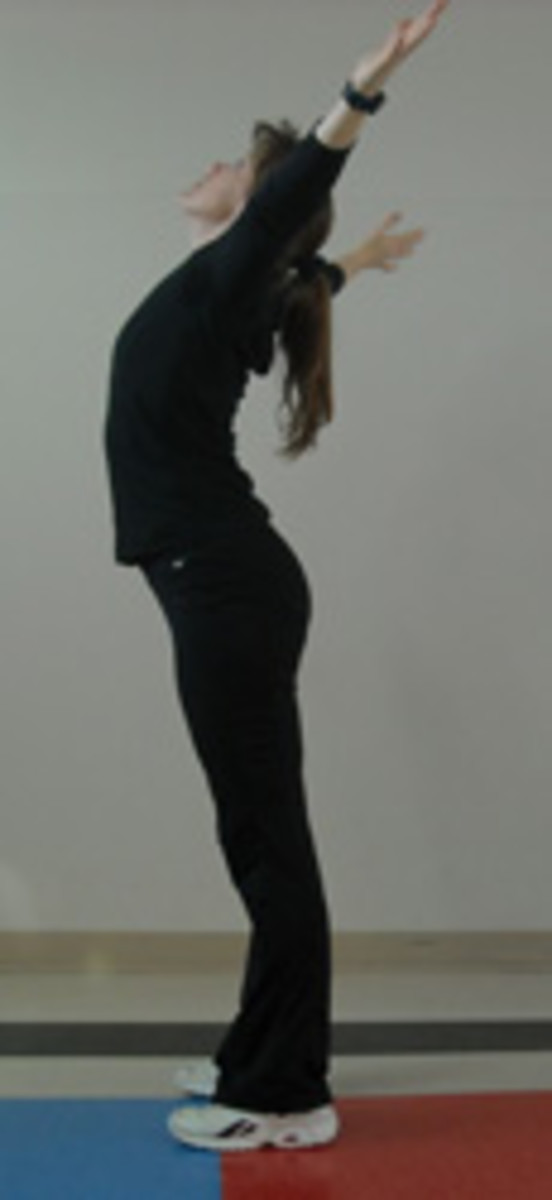
Frame 5: Opening your arms and reaching back into a very brief extension will further stretch your spine and abdominals, while opening up your chest and freeing your pectoral muscles.
If you don’t get the complete range of motion you see in the photos, don’t worry. The act of moving your spine and shoulders, and lengthening your hamstrings through this flowing motion combo stretch will loosen tight areas and have an immediate impact on your suppleness in the saddle. Gradually, with daily practice, you will find your range of motion increasing as your muscles lengthen naturally.




